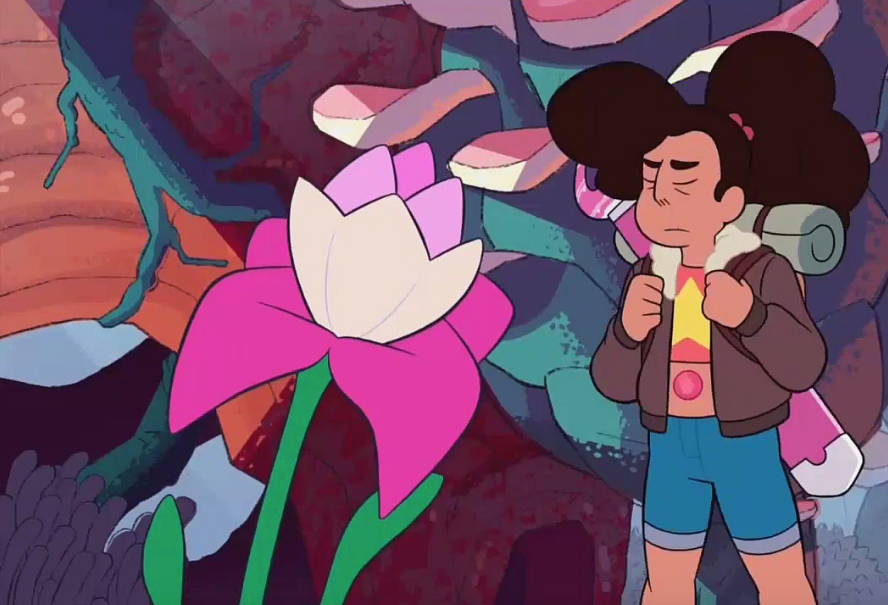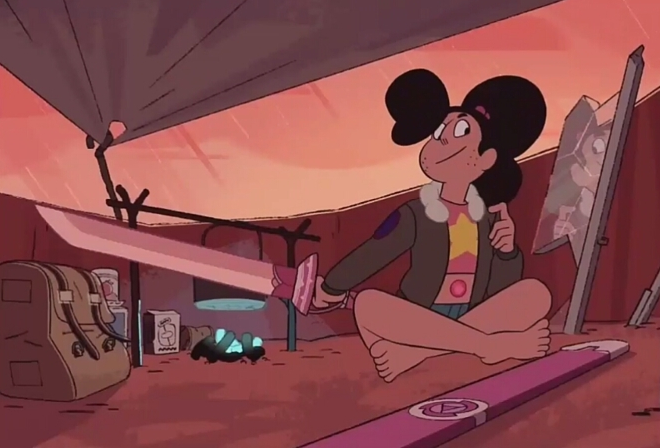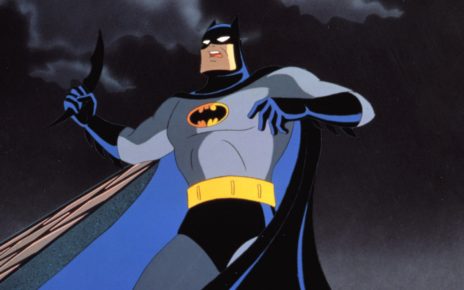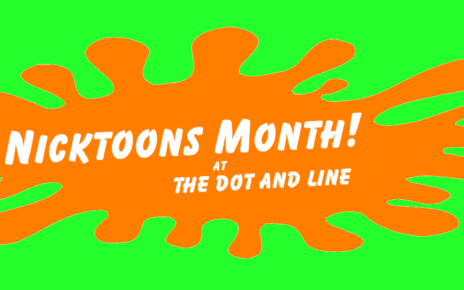Imagine. You wake up. You prise open your eyes. You stretch out your limbs, take in your surroundings. The sky is above you, the earth beneath you. Trees yawn upward and unknown creatures murmur in the offing. Many things grow here. The place looks familiar. It looks like it could be home.
It’s not, though. Not quite. It never was. There’s a weight here that shouldn’t be. It pulls at your flesh and bones. You can feel a hostility prickling at the back of your neck. The landscape camouflages the threat of violence, and though there are moments in which you can appreciate the peaceful beauty of this place, you do not ever really feel safe. You know you don’t belong.
In the back of your mind, you know that there aren’t spaces actually made for you. You aren’t entirely new, and you’re not too hard to understand, but you can make people uncomfortable. They’re not used to the idea of you. They’re not used to considering how your existence might fit in with their understanding of the world, although really, it changes almost nothing for them. But it means the world to you.

Being nonbinary means, for me, never quite feeling at home when I am somewhere I haven’t chosen to be — even places where I am as sure as I can be that I am in no danger. Most of the world I navigate is split into the gender binary — it has never been safe for us who cannot conform to it, and it’s certainly not safe now. So there was, for me, a feeling of something like triumph in watching the most recent episode of Steven Universe, “Jungle Moon.”
The episode is the first in the series that does not feature the titular character, because Steven spends the entire episode fused with his best friend, Connie Maheswaran, with whom he makes up one half of the fusion Stevonnie. As such, the episode provided fertile ground for character development for all three characters, and it highlighted, as well, the ways Steven’s and Connie’s relationship continues to change.
Steven and Connie began the series as strangers, and throughout the storyline so far, much of their relationship has been imbalanced. The first time they fuse, they’re thrilled by how it feels, but they don’t feel quite comfortable being Stevonnie yet. They feel “alone together,” like they need to get to know each other better before they can be so deeply intimate — but the very fact that they fused implies they have a real and profound connection. In the episode “Beach City Drift,” as they compete with a local inconsiderate teenager, Kevin, they’re at first enthralled by their own combined power and potential, but then come to discover that they’re truly happiest just being themselves, just being, and breathing in the view.
By the time viewers reach “Crack the Whip,” it’s evident that Steven and Connie are becoming much more comfortable remaining fused together, and that Steven’s shield work and Connie’s sword fighting are shaping up to ensure that Stevonnie can hold their own in a fight. Their emotional relationship deepens in “Mindful Education” as they share each other’s traumas and work to be open, honest, and forgiving with and of themselves and each other.
In “Jungle Moon, though, it finally becomes clear that Stevonnie truly loves being themself — that they feel more at peace together and stronger together. Stevonnie doesn’t have the thousands of years of relationship work that Garnet — the nearly always fused form of Sapphire and Ruby — has, so they still primarily express Steven’s and Connie’s traits as they overlap instead of a new and distinct personality. But they’re certainly getting there.
Stevonnie chose to stay fused when they landed on a jungle moon. They knew they were safer together. And, more than that, they knew they would rather face this hostile world together. This knowledge and closeness were portrayed perfectly in miniature in just one scene, in which Stevonnie shaves their stubble with the blade of a pink sword. The shot was masterful in how it both normalized and subverted so much in terms of gender, even as it was almost an aside, saying, quietly, I see you.

Imagine: You’ve never seen yourself represented on television or in movies. Or in books, really. Not someone so close to who you are. Not someone who chooses “they” pronouns.” Not someone mixed, of gender and of race. And if you do, they’re a villain, or a joke. Not someone who is kind and strong and messy and anxious and impulsive and well-meaning and complex and allowed to be themself — not someone who makes of their life a thing of flexibility, love, and trust. Not someone who gets to be in a situation in which their gender identity is actually not the focal point of the plot, someone who gets to be a hero, a failure, an actually fully-fleshed character who is still allowed to grow and change. Let alone an actual revolutionary, a literal warrior for justice and peace and compassion.
Imagine: You’re hanging out with your younger cousin. She’s not quite in kindergarten yet, but she turns on the TV and loves Cartoon Network, and says she loves Stevonnie because “they’re so cool and they have hair like mine.” She doesn’t know anything about that aspect of your identity or your reasons for loving Stevonnie. She came to this love all on her own, just by watching Stevonnie emerge. That’s what good storytelling can do. Imagine looking at your cousin and knowing that, in spite of all the malice that’s been so freshly unmasked on this planet, there is a whole generation of kids growing up that doesn’t think you’re an alien. Imagine everything truly feeling a little softer, a little safer, a little more like home.
The show isn’t over yet, and I don’t know where else Stevonnie will take us. But right now, I am just grateful. My identity doesn’t line up exactly with Stevonnie’s, but it is more consciously close to the me I know than any other pop culture representation I’ve seen has ever been. As a nonbinary and mixed race person in a relationship, I feel so seen, and this eleven-minute episode opened up possibilities that I know I am not overstating, because I feel them. I can’t wait to know what comes next — but I can wait, too, because no matter what does happen next, Stevonnie has already helped me see myself — and survive.
Thanks for reading The Dot and Line, where we talk about animation of all kinds. Don’t forget to for this article and follow us on Twitter and Facebook.





